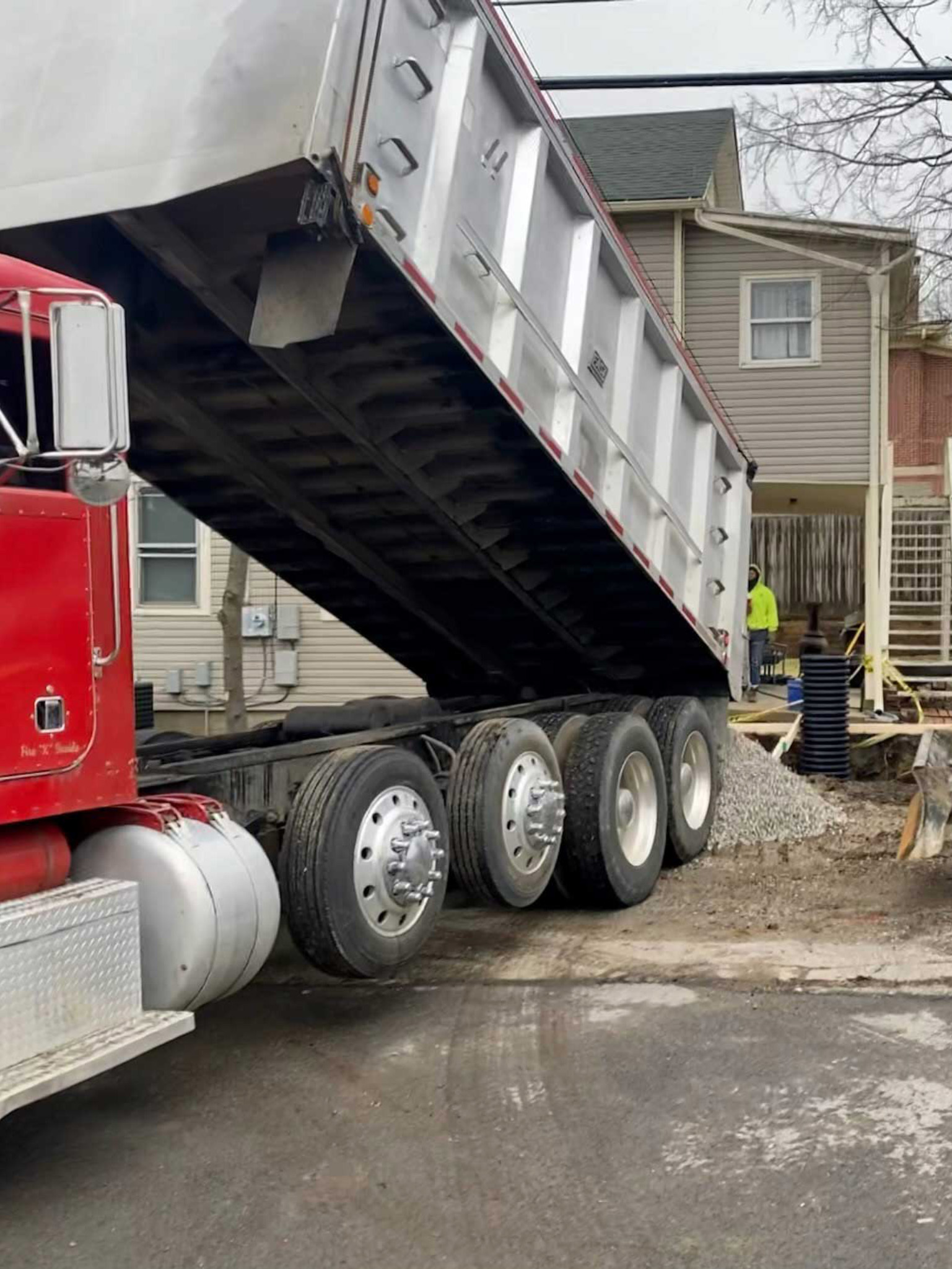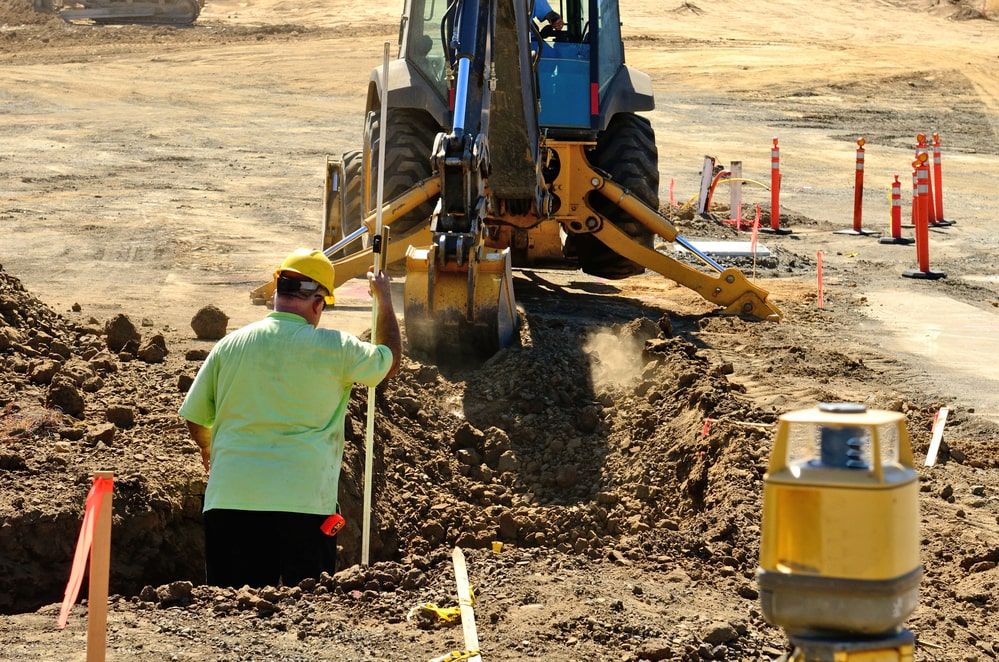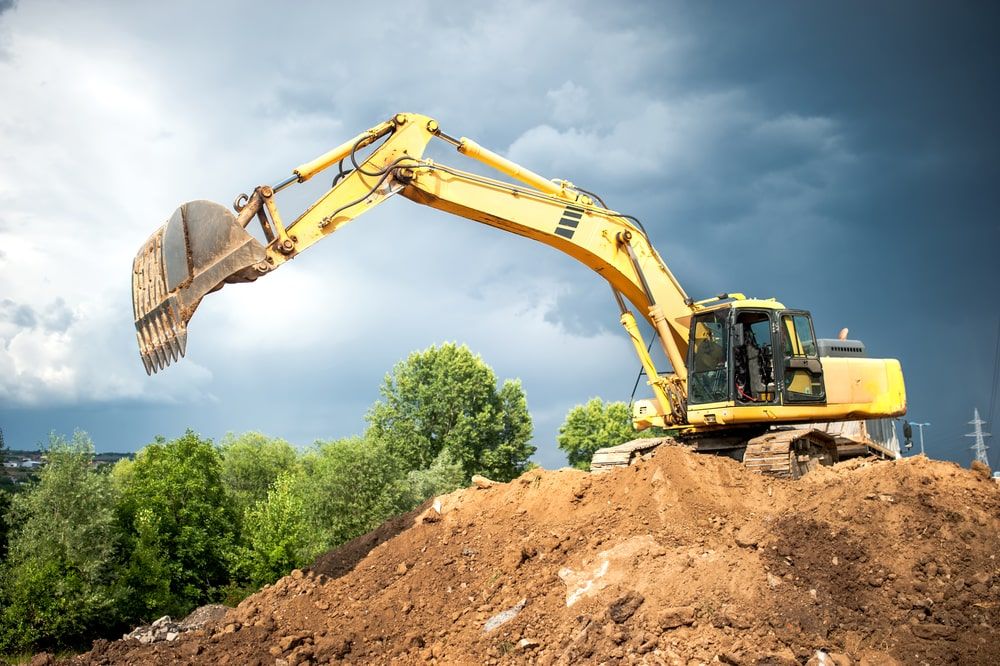Commercial Lancaster Trenching - Trenching Services for Businesses in Lancaster
Commercial Lancaster Trenching - Trenching Services for Businesses in Lancaster
Blog Article
Extensive Expedition: The Science Behind Superior Excavation Practices
From old hand devices to contemporary hydraulic excavators, the advancement of excavation methods has actually been a testimony to human ingenuity and technical developments. What truly establishes remarkable excavation techniques apart is a deep understanding of geological principles, coupled with the usage of sophisticated tools and methodologies.
Advancement of Excavation Methods
Throughout background, the evolution of excavation techniques has actually played a crucial role beforehand building techniques and archaeological discoveries. From the rudimentary devices utilized by our ancestors to the innovative machinery used in contemporary times, the development of excavation approaches has considerably transformed just how we come close to different tasks.
In old times, manual labor with fundamental devices such as pickaxes, wheelbarrows, and shovels was the primary technique of excavation. This labor-intensive procedure limited the deepness and range of excavations, frequently causing slow development and limited accessibility to particular sites. As people advanced, so did the devices and techniques utilized for excavation.
The Industrial Transformation marked a transforming point in excavation experiment the intro of steam-powered machinery. This technology transformed the field, permitting faster and much more extensive excavations. In modern times, modern technology plays a pivotal function in excavation, with improvements like GPS systems, drones, and 3D scanning enhancing accuracy and efficiency in the area. The evolution of excavation strategies continues to shape the means we build, discover, and understand the world around us.
Function of Innovation in Excavation

The assimilation of advanced technology has essentially revolutionized the area of excavation, improving precision and performance to unprecedented levels - dump truck companies in ohio. One of the crucial technological innovations that has actually considerably affected excavation techniques is the application of General practitioner systems.
Furthermore, the advent of 3D modeling and simulation software has streamlined the preparation procedure for excavation jobs. Designers and drivers can now imagine the whole excavation procedure prior to damaging ground, determining prospective difficulties and optimizing operations. Along with this, the execution of drones in excavation tasks has actually facilitated airborne studies, volumetric dimensions, and site assessments with unmatched rate and precision.
Geological Concepts in Excavation
An understanding of geological principles is crucial for guaranteeing the architectural stability and security of excavation sites. Geological elements play an important function in identifying the feasibility and safety of excavation projects (dump truck companies in ohio). One vital geological concept to think about is the kind of soil or rock existing at the website. Different soil kinds, such as sand, clay, or gravel, have differing degrees of stability and call for different excavation techniques. Natural soils like clay may require additional assistance to stop collapses, while sandy soils might be susceptible to erosion throughout excavation.
In addition, the geological structure of the location, consisting of faults, cracks, and rock developments, need to be carefully examined to identify potential threats and challenges. Digging deep into near fault lines or unpredictable rock developments can lead to instability and possible risks. By performing comprehensive geological surveys and read the article analysis, engineers and excavators can develop approaches to reduce dangers and ensure the successful conclusion of excavation tasks. Ultimately, integrating geological concepts into excavation practices is critical for achieving risk-free, effective, and lasting outcomes.

Latest Devices for Excavation
In the world of excavation methods, contemporary developments in tools have revolutionized the efficiency and accuracy of excavation procedures. One of the most up to date tools making waves in the industry is using drones geared up with advanced imaging technology. These drones can give comprehensive aerial studies of excavation websites, providing real-time information on topography and possible risks. This information help in much better planning and decision-making throughout the excavation procedure.
Another cutting-edge device gaining appeal is the implementation of 3D printing modern technology for producing custom excavation tools. This enables the manufacturing of specialized tools that are customized to the specific needs of a project, raising efficiency and lowering downtime.
Additionally, innovations in materials scientific research have caused the development of more powerful and more long lasting excavation devices. lancaster trenching. Tungsten carbide-tipped excavator add-ons, for instance, deal exceptional efficiency in challenging ground conditions, improving performance on-site
Science's Effect on Excavation Practices

Furthermore, advancements in products science have actually caused the creation of more powerful, a lot more resilient excavation devices and devices. As an example, using composite materials in miners and shovels has boosted their performance and long life, navigate to this site eventually increasing efficiency on excavation sites. Furthermore, clinical research on soil technicians and geotechnical engineering has actually provided useful understandings into dirt behavior, enabling excavation specialists to make informed choices regarding excavation techniques and dirt stabilization methods. Overall, scientific research proceeds to drive development and renovation in excavation techniques, making excavation projects a lot more reliable, cost-efficient, and sustainable.

Final Thought
To conclude, the evolution of excavation techniques has been greatly affected by improvements in innovation and a deeper understanding of geological principles. The current devices and devices utilized in excavation have boosted effectiveness and precision in the field. The application of clinical understanding has significantly boosted excavation practices, bring about a lot more sustainable and reliable methods for webpage digging deep into different kinds of products.
In the world of excavation methods, modern advancements in tools have transformed the effectiveness and precision of excavation procedures. By leveraging clinical concepts, the excavation sector has actually been able to substantially enhance efficiency, accuracy, and security in excavation processes. GPR enables excavation teams to non-invasively scan and map subsurface structures, utilities, and prospective risks, enabling them to prepare excavation jobs with higher precision and reduced threat of crashes.
Furthermore, scientific research on soil mechanics and geotechnical design has actually given beneficial understandings right into soil behavior, allowing excavation professionals to make informed choices pertaining to excavation approaches and dirt stabilization techniques. Overall, scientific research proceeds to drive advancement and renovation in excavation methods, making excavation projects a lot more efficient, cost-efficient, and lasting.
Report this page